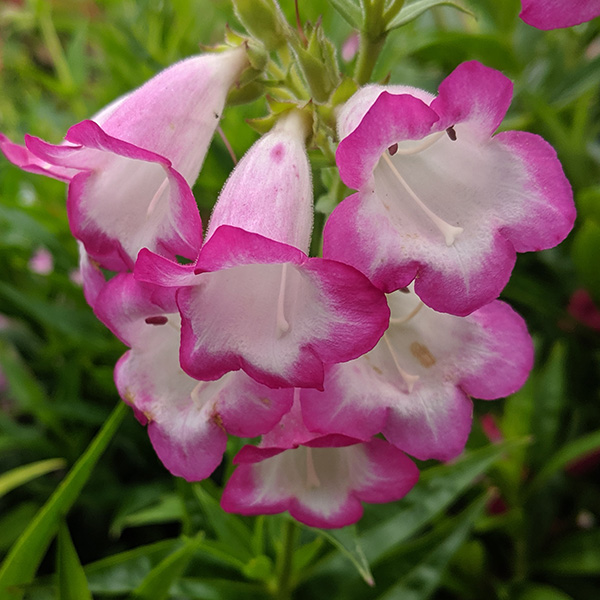
August Garden Jobs 2024
August is a great time to think about keeping up interest in your garden throughout the seasons. Our outdoor spaces are so important to us, and with just a little bit of thought and planning, you really can enjoy each month with seasonal planting, just as much as the last. For many of us, our gardens are a haven; keeping us safe and getting us back to nature, giving us enjoyment and a sense of satisfaction. Here are some things to do and to look out for in your garden to keep you busy this month.
1. Take a break over the August Bank Holiday to enjoy your garden and see where you could improve on planting for maximum enjoyment every month of the year. Pop down to Langthorns and chat to one of our team for ideas and inspiration.
2. Keep dead heading throughout the month to encourage longer displays. Dahlia flowers, in particular look fabulous indoors, so the more you use for cut flowers, the more flower buds they will produce.
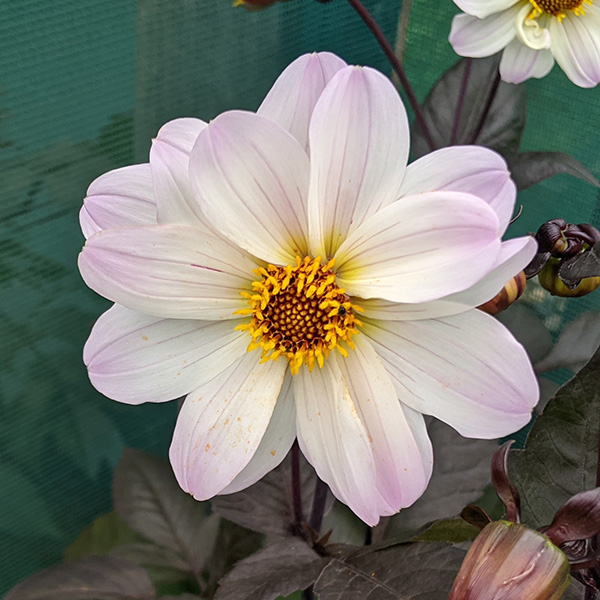
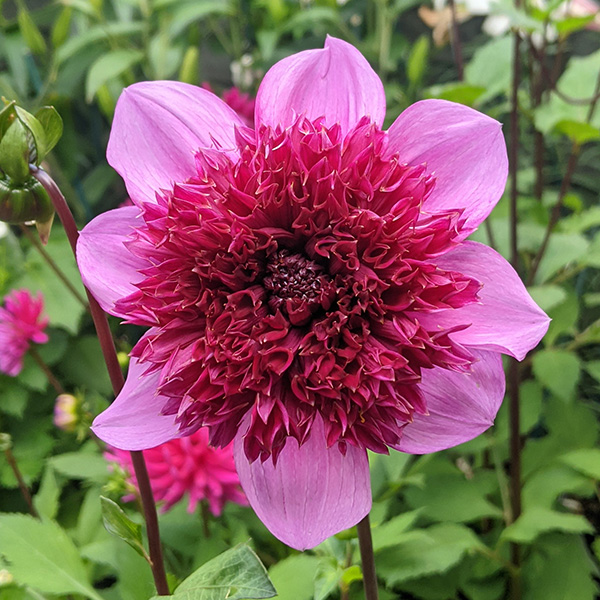
 3. Extend your flowering displays in your borders by adding some late summer show stoppers. Borders can start to look tired in August and gaps appear here and there, so give your garden a boost with late-flowering perennials, such as Asters, Rudbeckias, Heleniums, Helianthus, Sedums, Crocosmia, Salvia, Verbena, Coreopsis and Anemones.
3. Extend your flowering displays in your borders by adding some late summer show stoppers. Borders can start to look tired in August and gaps appear here and there, so give your garden a boost with late-flowering perennials, such as Asters, Rudbeckias, Heleniums, Helianthus, Sedums, Crocosmia, Salvia, Verbena, Coreopsis and Anemones. 
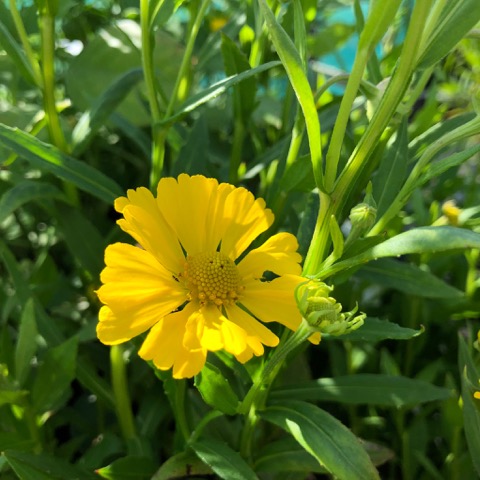
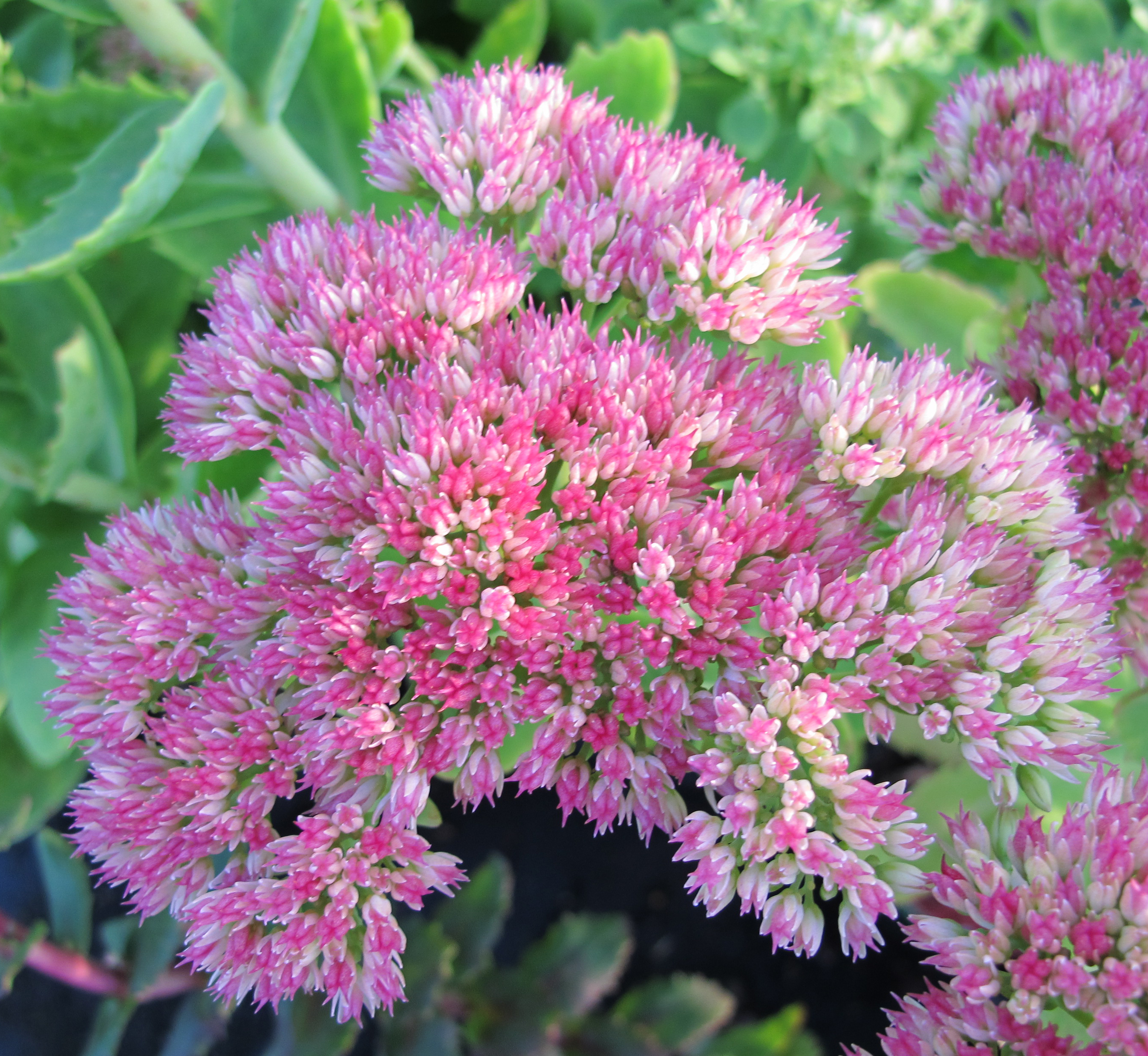 4. Enjoy your fresh flowers in the home for longer. This time of year Sweet Peas start putting their energy into setting seed. To delay this process as long as possible, make sure you cut every bloom once a week and remove any seed pods as soon as possible.<
4. Enjoy your fresh flowers in the home for longer. This time of year Sweet Peas start putting their energy into setting seed. To delay this process as long as possible, make sure you cut every bloom once a week and remove any seed pods as soon as possible.<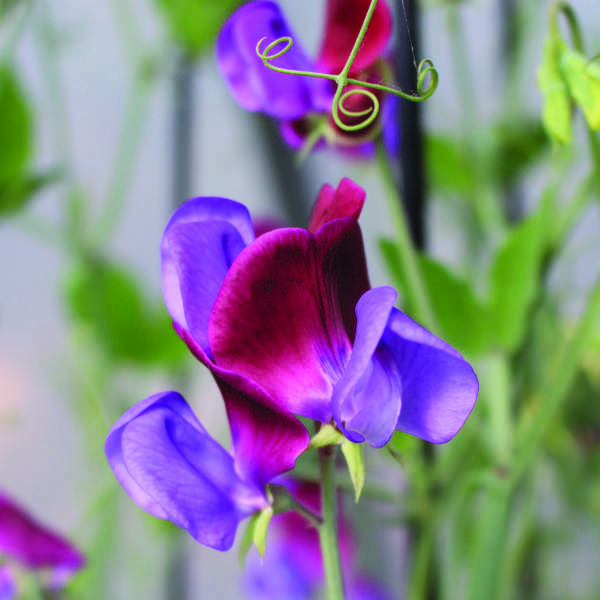 5. Keep spring-flowering shrubs, such as Camellias and Rhododendrons well-watered, especially through periods of hot and breezy weather. This will ensure better flowering next year.
6. Give trained fruit trees a summer prune to keep the shape you require, removing any upright growth that cannot be tied into your frame.
7. Replace tired summer containers with evergreen grasses or ferns, shrubs and colourful perennials, such as Heuchera for fantastic structural Autumn displays.
5. Keep spring-flowering shrubs, such as Camellias and Rhododendrons well-watered, especially through periods of hot and breezy weather. This will ensure better flowering next year.
6. Give trained fruit trees a summer prune to keep the shape you require, removing any upright growth that cannot be tied into your frame.
7. Replace tired summer containers with evergreen grasses or ferns, shrubs and colourful perennials, such as Heuchera for fantastic structural Autumn displays.8. Penstemons are great 'value for money plants' giving you flowers through the summer until the first frosts. Why not find some space in your borders, or plant up some containers for some extra colour. Once planted and rooting in, why not take some cuttings for even more plants next year. Choose strong, healthy growth without flower buds and remove lower leaves or any side shoots. Cut the stem below a node with a sharp knife and insert into sandy or gritty compost. Place in a warm and bright position, water well and keep moist until roots have formed. Keep in frost-free conditions druing the winter and plant out next spring.


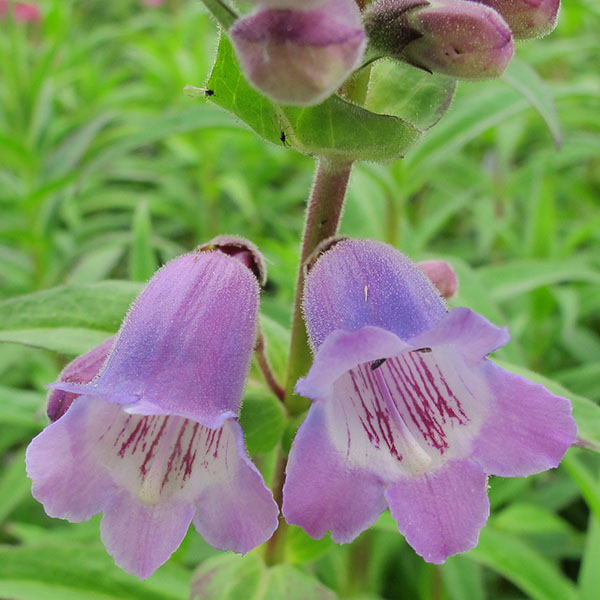 9. Prune Wisteria to encourage bud formation next year. Select new stems to tie in horizontally forming part of your framework, this will curb vigour and promote flowering. Cut back all whippy shoots leaving a few leaves before the woody stem. Don't be afraid to trim, this really does make a difference the following year.
9. Prune Wisteria to encourage bud formation next year. Select new stems to tie in horizontally forming part of your framework, this will curb vigour and promote flowering. Cut back all whippy shoots leaving a few leaves before the woody stem. Don't be afraid to trim, this really does make a difference the following year.10. Lightly trim Hebes and Lavenders after flowering, removing flower heads and tipping the new growth.
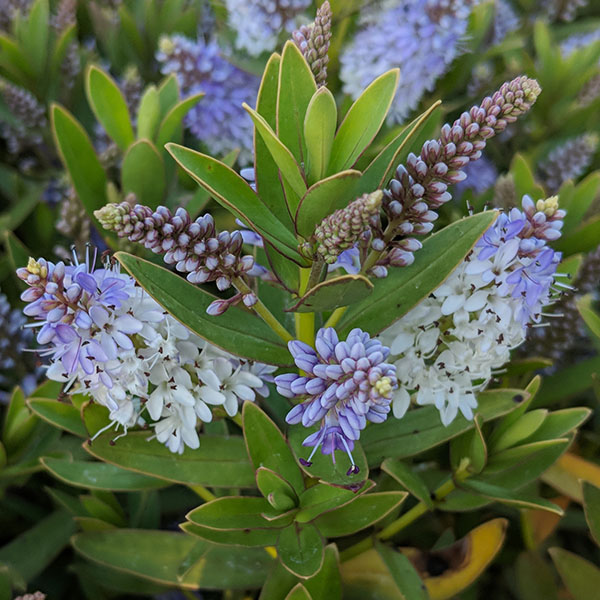

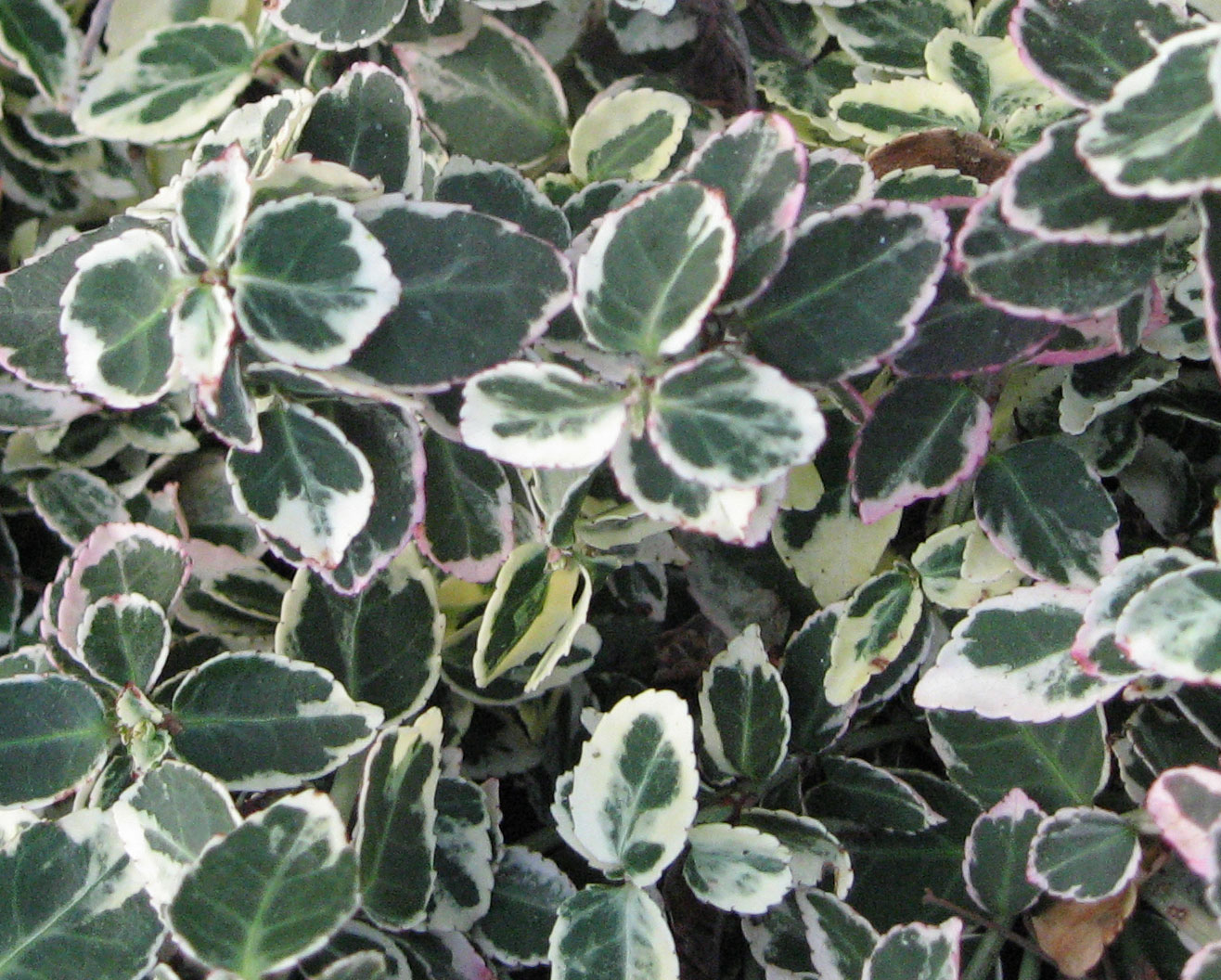
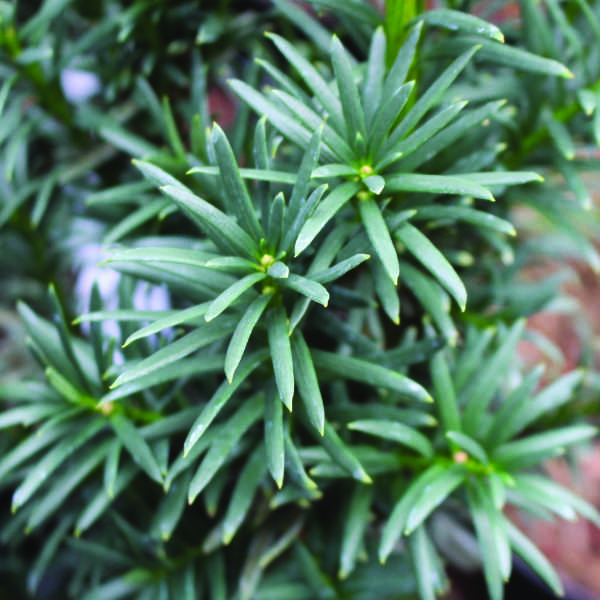
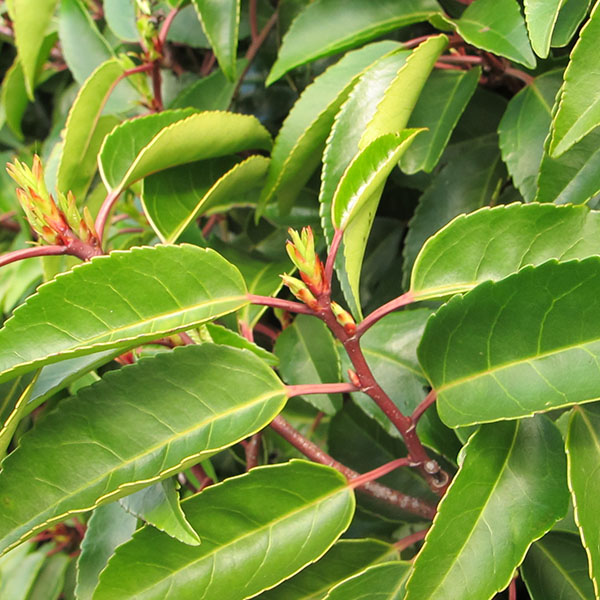 14. Plant Autumn flowering bulbs, such as Colchicum and Amaryllis.
14. Plant Autumn flowering bulbs, such as Colchicum and Amaryllis.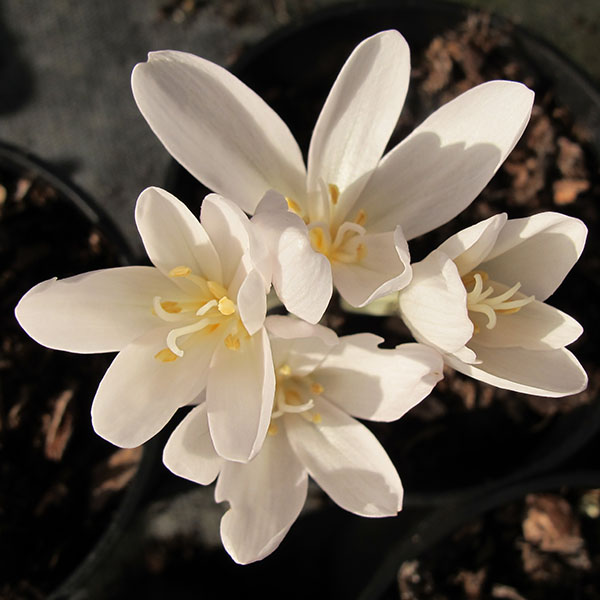
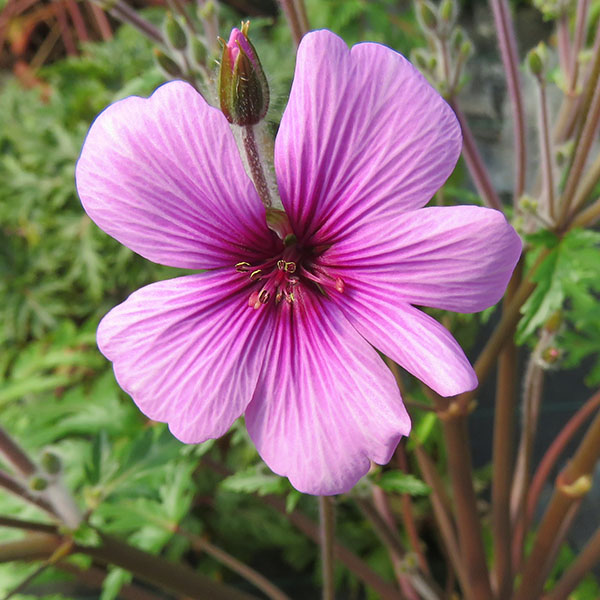

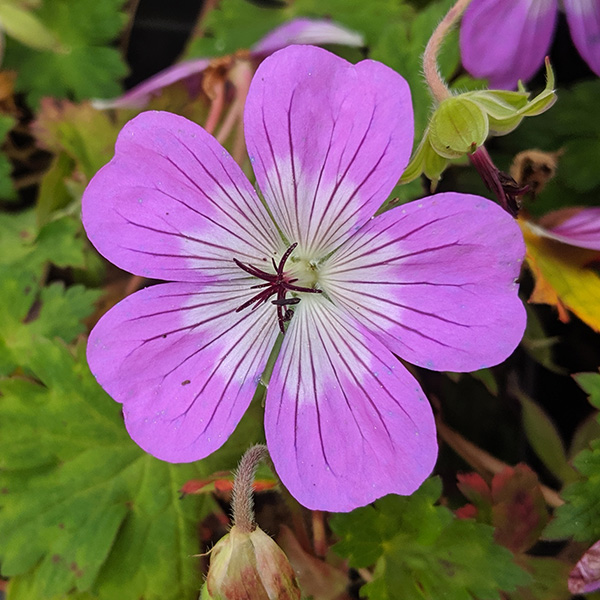 17. Treat blackspot on your roses, and ensure you remove any fallen leaves from around the plant.
18. Prune your rambling roses once flowering is finished cutting back all side shoots to healthy buds, Allow light in and encourage better flowering next year by removing two or three of the oldest woody stems.
17. Treat blackspot on your roses, and ensure you remove any fallen leaves from around the plant.
18. Prune your rambling roses once flowering is finished cutting back all side shoots to healthy buds, Allow light in and encourage better flowering next year by removing two or three of the oldest woody stems.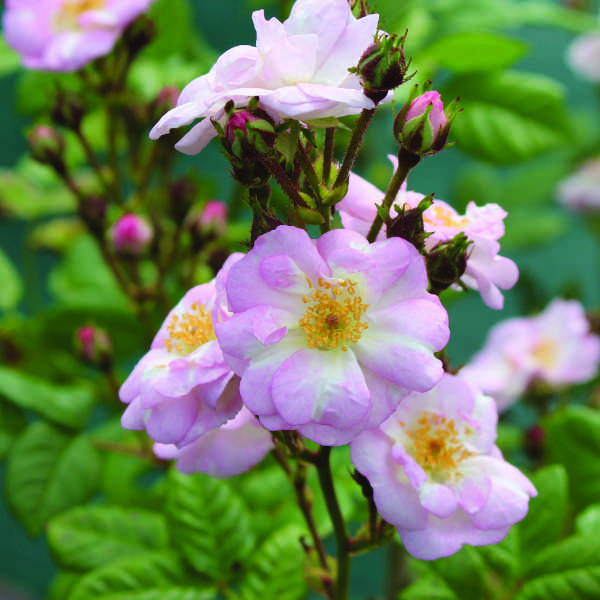
 19. Ensure you continue to water any new additions in your garden over dry weather whilst their roots get established. It's easy to forget when a plant looks so fantastic above ground, that the roots take a while to adjust to their new surrounding and need regular watering to remain healthy until they have formed deep roots that can survive on natural ground water. A good tip is to mulch after rain as this helps keep the ground moist for longer.
20. Hoe annual weeds on a dry day to save time hand weeding.
21. Keep an eye our for aphids on new shoots and treat with sb invigorator.
22. The most important thing to do this month - sit back with a cup of tea or well-earned glass of something special and enjoy all the fruits of your labour.
19. Ensure you continue to water any new additions in your garden over dry weather whilst their roots get established. It's easy to forget when a plant looks so fantastic above ground, that the roots take a while to adjust to their new surrounding and need regular watering to remain healthy until they have formed deep roots that can survive on natural ground water. A good tip is to mulch after rain as this helps keep the ground moist for longer.
20. Hoe annual weeds on a dry day to save time hand weeding.
21. Keep an eye our for aphids on new shoots and treat with sb invigorator.
22. The most important thing to do this month - sit back with a cup of tea or well-earned glass of something special and enjoy all the fruits of your labour. 